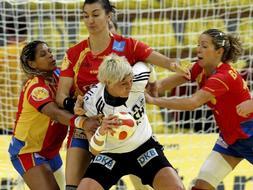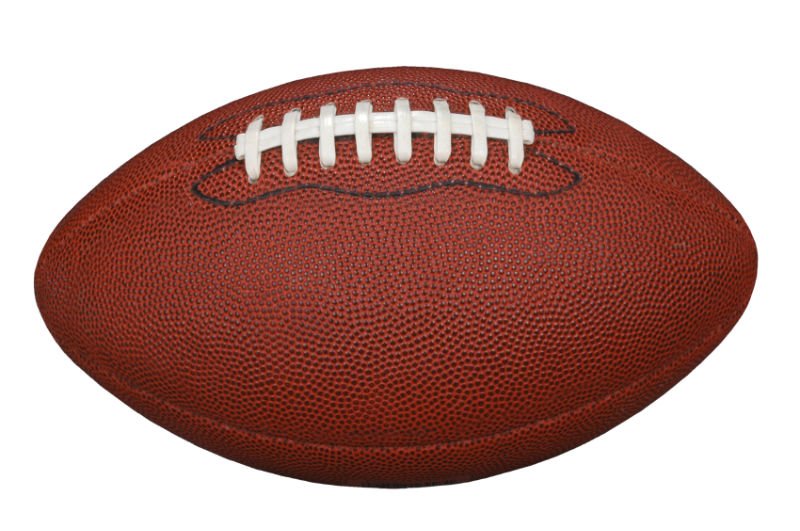Some days ago students and teachers from five countries came to Cintruenigo and shared some activities with us. Here you can watch the video with images of these activities.
Entradas de la categoría '3º ciclo'
JUGGLING
Juggling is a skill involving moving objects for entertainment or sport. The most recognizable form of juggling is toss juggling, in which the juggler throws objects up to catch and toss up again. This may be one object or many objects, at the same time with one or many hands. Jugglers often refer to the objects they juggle as props. The most common props are balls .

In our lessons we will try to improve our skills by following this process:
CHALLENGE
|
SCORING | |
|
1 ball |
||
| 1- Toss the ball with one hand and catch it with the same hand. | 0,25 | |
| 2- Toss the ball with one hand and catch it with the opposite hand. | 0,5 | |
| 3- The same exercise with the other hand | 1 | |
|
2 balls, one ball in each hand |
||
| 4- Toss the ball with one hand and take it with the opposite hand. While the ball is in the air you pass the other ball and toss it with the same hand. | 2 | |
| 5- The same exercise with the other hand. | 3 | |
| 6- Toss the ball with one hand and catch it with the same hand. Just now throw the other ball with the opposite hand. Balls don´t cross. | 4 | |
| 7- Similar to the last one but throwing the ball before catching the previous one. | 5 | |
| 8- Similar to the last one but now balls cross in the air so each ball is caught with the opposite hand. | 6 | |
| 9- One ball in each hand. They are tossed at the same time and they are caught with the same hand. Balls don´t cross. | 7 | |
| 10- Similar to the last one but now balls are caught with the opposite hand so balls cross in the air. | 8 | |
| Two balls in the same hand | ||
| 11- Toss one ball and quickly throw the other one so that we can catch the first ball with the same hand. | 8,5 | |
| 12- Similar to the last one but now you have to be able of performing the exercise quickly in a rotary pattern. | 9 | |
|
3 balls |
||
| 13- 2 balls in the right hand and one ball in the left hand. | 10 | |
Here you can watch some videos about the topic.
HANDBALL
It,s a game played with a small ball, between two teams of seven players.
The team that scores most goals, wins the match.

Each team is :
– a defender team (try to bother or obstruct the opponent-adversary team)
– and an attacking team (try to score a goal and pass the ball at your playmates)
THE COURT
The playing court has two goal areas and a playing area.

The goals are inside the goal area and must have a net.

RULES – FOULS (a team commits a violation of rules).
- The players avoid to enter the goal area (except for the goalkeeper)
- Two many steps without bouncing
- Holding the ball more than 3 seconds.
- Holding or pushing or hitting the opponent player.

THROWS
- Throw in
- Free – throw
- The goalkeeper throw
- The 7-meter throw
- The throw off (at the start the game, each half, after a goal)
Athletics
Athletics is a popular sport with different disciplines:
High jump

Long jump

Hurdles (the 100 meters hurdles)

Shot-put

Hammer

Discus throwing

Javelin throwing

relay´s races

Long-distance races

Maximum o top speed

MATERIAL NECESARIO PARA EL VIAJE DEL DÍA 24. 6º CURSO
Aquí tenéis un listado con las cosas que tenéis que preparar para el viaje a Isaba. Iremos en el autobús con la ropa de esquí puesta ya que allí no hay un lugar en el que se pueda cambiar de ropa tanta gente al mismo tiempo. No obstante en la mochila, llevaremos ropa de recambio por si nos mojamos. Esta ropa no debería ocupar mucho sitio (ropa interior, pantalón, camiseta y calcetines). No es necesario llevar un segundo chaquetón.
Por tanto, llevaremos puestos:
-
Pantalón o peto de esquí
-
Jersey de cuello alto o polo o braga (el cuello tiene que estar cubierto).
-
Calcetines altos y gruesos (las calcetas de fútbol van perfectas).
-
Chubasquero o anorak
-
Si se tienen botas de montaña o preesquí, llevarlas. En caso contrario unas zapatillas deportivas.
En la mochila tenemos que llevar:
-
La ropa de recambio.
-
Gorro (que puede ser de diferentes materiales pero que en cualquier caso debe cubrir las orejas).
-
Gafas específicas para la nieve.
-
Guantes (lo más impermeables posible y no pueden ser de lana
-
Crema solar y protector de labios.
-
Un bocadilo de almuerzo y otro para comer.
-
Una cantimplora o botella pequeña de plástico.
Danzas para el día de la paz
Como sabéis el próximo 30 de Enero celebraremos el día de la paz y también como es costumbre en nuestro colegio todos los alumnos y profesores bailaremos algunas danzas. Ensayaremos las danzas en las clases pero como una imagen vale más que mil palabras en estos videos podéis ver las danzas que vamos a preparar.
La primera danza es una danza escocesa llamada Cumberland Reel. Los alumnos de 5º están realizando un proyecto sobre los Juegos olimpicos junto a un colegio de Glasgow y esta danza nos sirve para conocer algo más de sus costumbres.
La segunda es una danza holandesa llamada Minoesjka muy sencilla pero también muy graciosa si la gente que la baila es divertida. Esperamos que os guste.
TAG – RUGBY
Rugby is an outdoor sport played by teams of 15 players. It uses an oval ball.
VERBS
Tag
Drop
Go back-forward
Get a try
Score
Chase
Pass
Catch
Gain possession
Lose possession
Keep possession
Kick
Attack-Defend
Get clear
Tackle
EQUIPMENT – FIELD
Rugby is played on a field, called a pitch, that is longer and wider than a football field. A typical pitch is 100 meters long and 70 meters wide.
Touchline
Try line
Belts
Bibs
Ball
RULES
Kickoff
Any player can carry, pass or kick the ball.
The ball may be passed to any other player. However, it may only be passed laterally or backward, never forward.
There are four ways for a team to score points:
Try: Five points
Conversion: Following a try, two points
Penalty Kick: Three points
Drop Goal: Three points
PLAYERS
Opponent
Attacker
Defender
Teammates
FOOTBALL
Football is a game played with a ball between two teams of eleven players each. The object of the game is scoring the ball into the opposing goal .The team that scores the most goals by the end of the match wins the match. 
Football is the most popular sport in Spain.
Each team is, at once, a defender team and an attacking team.
LAWS OF THE GAME (RULES)
The referee decides about the rules of the game.
FOULS
– Nobody can touch the ball with the hands.
– Tripping an opponent
– Pushing an opponent.
RESTARTS
States of play: ball in play and ball out of play.
Kick off
Throw in
Goal kick
Corner kick
Free kick
Penalty kick
THE PITCH
The goal has two posts and one bar.
There are two touchlines or sidelines and two goal lines (the shorter boundaries).
There are two penalty areas
DURATION
2 periods of 45 minutes each (half-halves) and a 15 minute break
PLAYER´S ROLE
Goalkeeper
Defenders
Attacker or strikers or forwards
Midfield player
All of them can be central, left and right.
VERBS
Kick the ball
Score a goal.
Pass the ball to a teammate.
Obstruct the opponent player
Head the ball
Take a penalty
Take a shot.
Shoot the ball against the wall.
Dribbling the ball around-past opponents.
Control the ball
Intercept a pass, a ball,…
Tackle the opponent.
To get clear, to distance oneself from…, to sake off one,s attacker
USEFUL EXPRESSIONS
Coach
Draw- Tied
Scoreboard
Championship
Move
BASIC EQUIPMENT
BODY LANGUAGE
Playing volley. 5º
Enjoy the video with these fantastic volley’s players.



